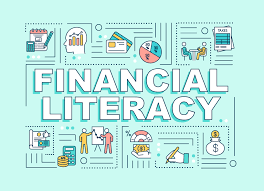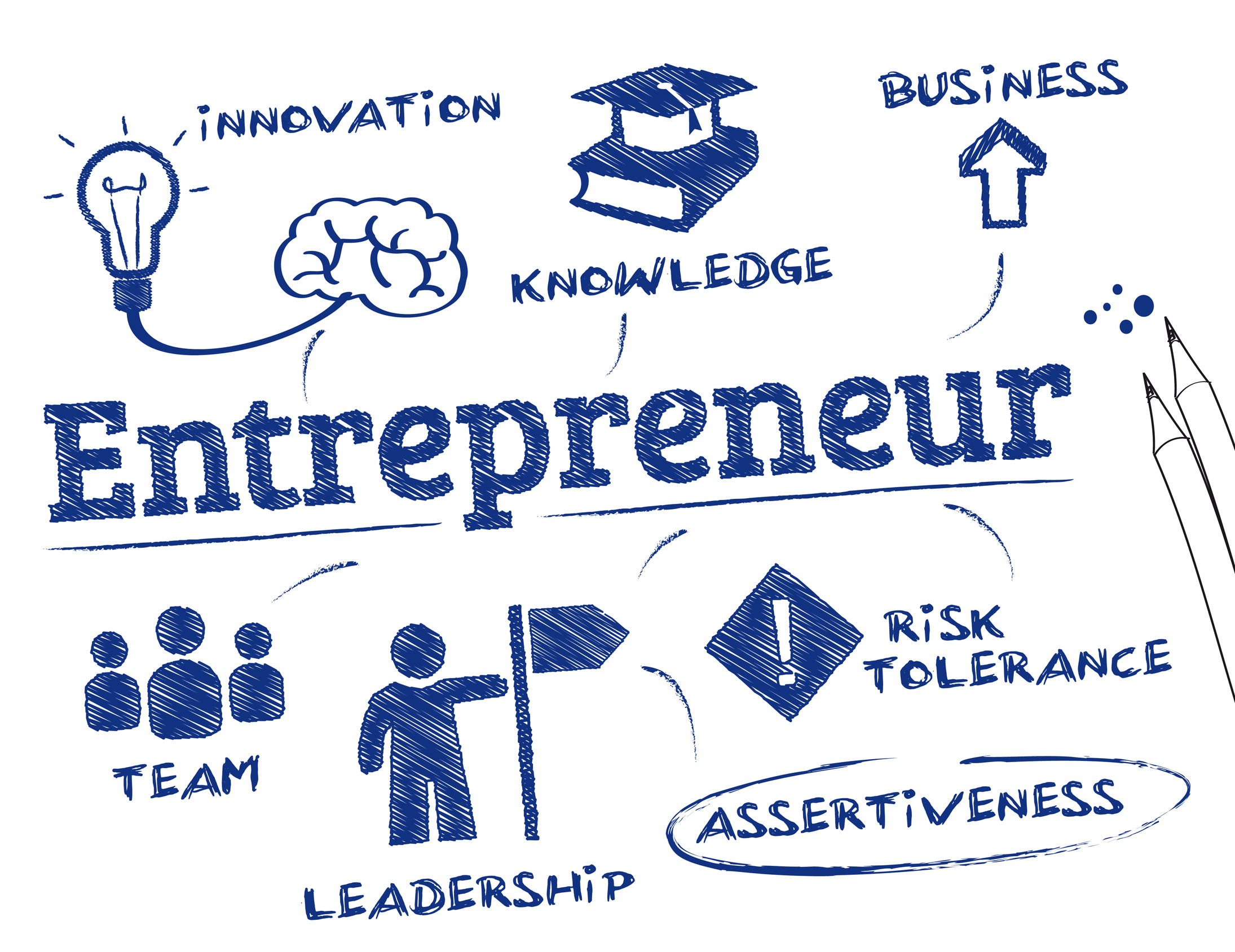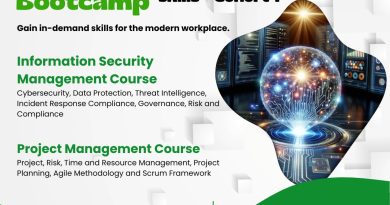Top 5 Tools to Help Improve Your Financial Literacy
There are several reasons why Americans may lack in financial literacy. That is why I decided to write the financial literacy book entitled Woke Doesn’t Mean Broke. It is a 688-page financial bible. Most Americans have a limited education. Many schools do not prioritize financial literacy education in their curriculum. As a result, individuals may not receive formal education on financial topics, leaving them ill-prepared to navigate complex financial decisions. Lack of access to resources also comes into play.
Some individuals may not have access to resources and tools that promote financial literacy, such as personal finance courses, books or online platforms. Limited access to financial education materials can hinder the development of financial knowledge and skills. There are also cultural factors and cultural attitudes around money and financial discussions that can influence financial literacy levels. In some cultures, discussing personal finances openly may be considered taboo or impolite.
The financial industry can be complex, with various products, services and regulations. Understanding financial jargon, investment options or retirement planning can be challenging for individuals without a strong financial background. Lack of personal finance role models plays a big role. Individuals who grow up without positive financial role models may struggle to develop good financial habits and may not have access to guidance or support in managing their finances effectively. A culture that prioritizes immediate consumption and instant gratification can contribute to poor financial habits, such as overspending, relying on credit and not prioritizing long-term financial goals.
Most Americans have high levels of consumer debt. Individuals burdened by debt may focus on managing immediate financial obligations rather than developing broader financial literacy skills. Some individuals may lack confidence in their ability to understand and manage personal finances. Financial topics can be intimidating, and individuals may feel overwhelmed or embarrassed to seek help or admit their lack of knowledge.
Addressing the lack of financial literacy requires a multi-faceted approach that includes improvements in educational systems, increased access to financial resources and tools, cultural shifts in attitudes toward money and targeted efforts to promote financial education and awareness. Encouraging open discussions about personal finance, providing accessible financial education resources and promoting financial literacy initiatives can all contribute to improving financial literacy levels among Americans.
Financial literacy refers to the knowledge and understanding of various financial concepts, tools and practices that enable individuals to make informed decisions about their personal finances.
Being financially literate
Being financially literate involves having skills and knowledge in the following areas:
Budgeting: Creating and maintaining a budget to track income, expenses and savings and ensuring that spending aligns with financial goals.
Debt management: Understanding different types of debt, interest rates, repayment options and strategies for managing and reducing debt effectively.
Saving and investing: Understanding the importance of saving money and making informed decisions about investment options, such as stocks, bonds, mutual funds and retirement accounts.
Financial goal-setting: Setting short-term and long-term financial goals and developing strategies to achieve them, such as saving for emergencies, education, homeownership or retirement.
Banking and financial services: Understanding banking products, such as checking and savings accounts, credit cards, loans and mortgages — and knowing how to choose the right financial services that meet individual needs.
Insurance and risk management: Understanding the purpose and importance of insurance — including health, life, home and auto insurance — and assessing risk management strategies to protect against unexpected financial losses.
Taxation: Understanding basic tax principles and obligations, including filing tax returns, deductions, credits and tax-efficient strategies for saving and investing.
Consumer rights and responsibilities: Knowing consumer rights, understanding financial agreements and contracts, and making informed decisions when purchasing goods and services.
Financial literacy empowers individuals to make informed financial decisions, achieve financial stability and work towards long-term financial well-being. It equips people with the knowledge and skills to navigate the complexities of the financial world, avoid common pitfalls and make choices that align with their financial goals and values.
Top 5 Tools to Help Improve Your Financial Literacy are as follows
1. Personal finance apps: Utilize personal finance apps such as Mint, Personal Capital or YNAB (You Need a Budget). These apps help you track your income, expenses and savings goals, providing insights into your spending habits and offering budgeting tools. They often offer visualizations, alerts and goal-setting features to enhance financial awareness and encourage better money management.
2. Online courses and educational platforms: Take advantage of online courses and educational platforms dedicated to improving financial literacy. Websites like Coursera, Khan Academy and Udemy offer courses on various financial topics, including budgeting, investing, debt management and retirement planning. These courses provide structured learning and practical knowledge to enhance your financial literacy.
3. Financial literacy websites and blogs: Explore reputable financial literacy websites and blogs like Investopedia, The Balance or NerdWallet. These platforms offer comprehensive guides, articles and resources covering a wide range of financial topics. They can help you understand key concepts, terminology and best practices related to budgeting, saving, investing and more.
4. Personal finance books: Dive into personal finance books written by experts in the field. Titles like Rich Dad Poor Dad by Robert Kiyosaki, The Total Money Makeover by Dave Ramsey and The Intelligent Investor by Benjamin Graham provide valuable insights and practical advice on building wealth, managing debt and making sound investment decisions. Reading these books can broaden your financial knowledge and help you develop a solid foundation for financial literacy.
5. Financial planning tools: Utilize financial planning tools like retirement calculators, investment calculators and debt payoff calculators. Websites and apps such as SmartAsset, Vanguard or Bankrate offer these tools to help you plan for specific financial goals. They enable you to evaluate different scenarios, understand the impact of your financial decisions and make informed choices based on your current situation and future aspirations.
Remember, it’s important to combine these tools with ongoing self-education, practice and seeking advice from financial professionals when necessary. Building financial literacy is a continuous process that requires consistent effort, discipline and a willingness to learn.
Source: entrepreneur.com




